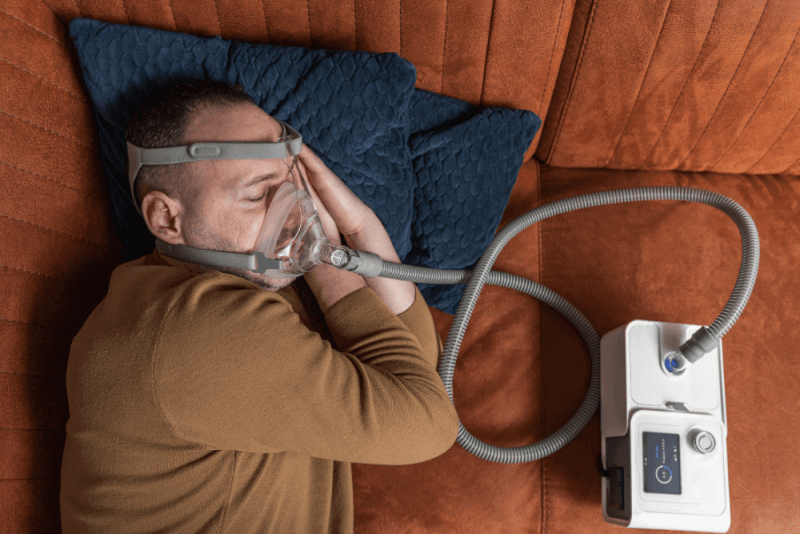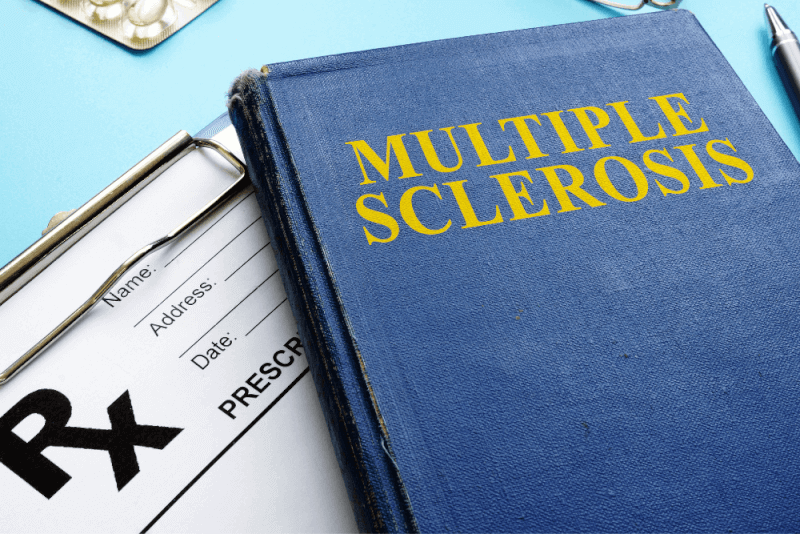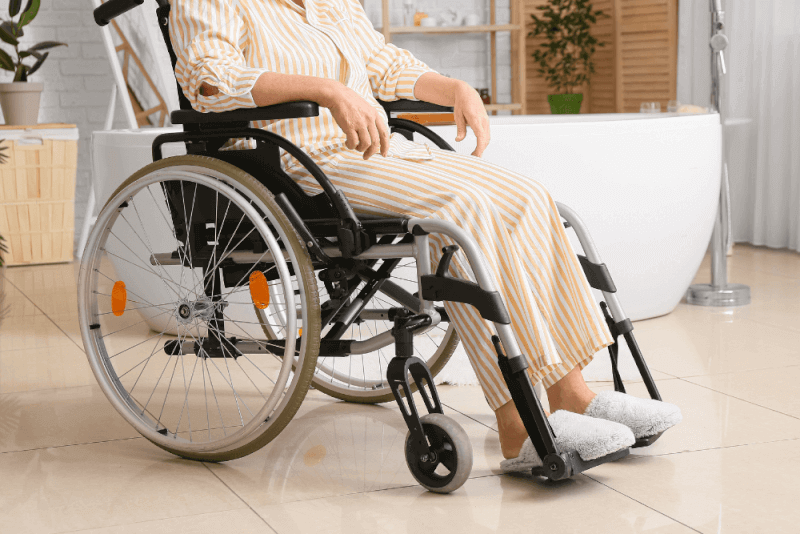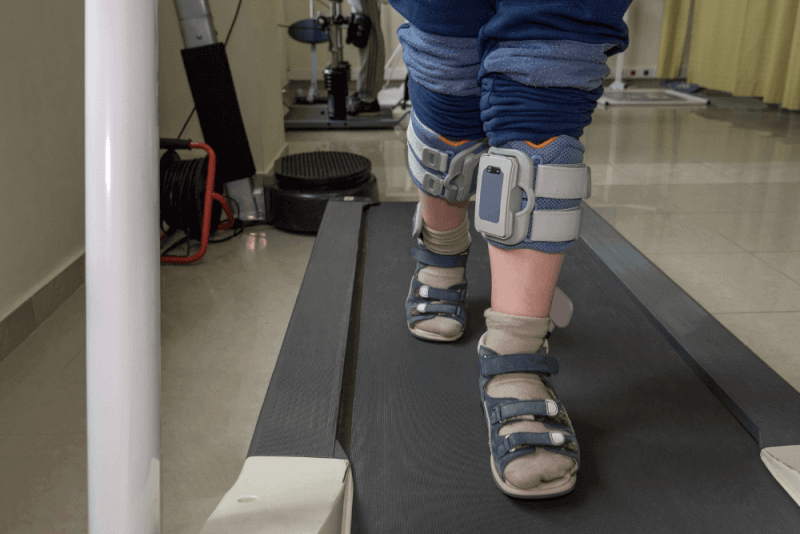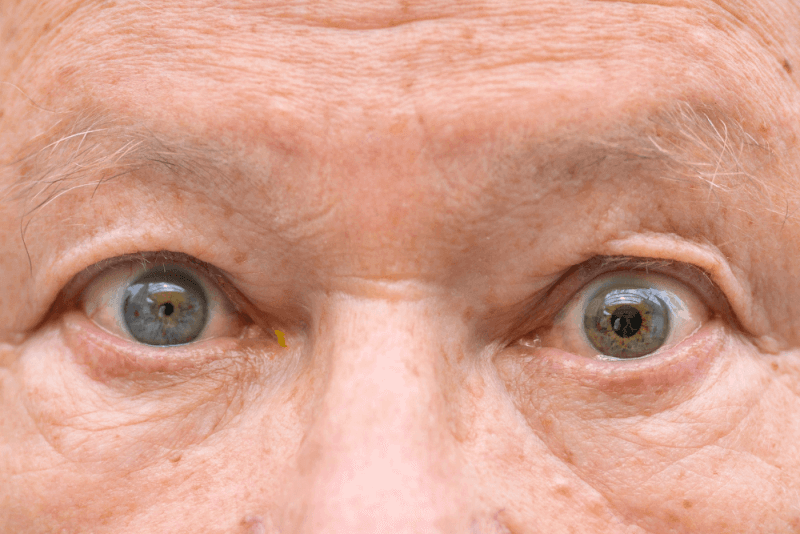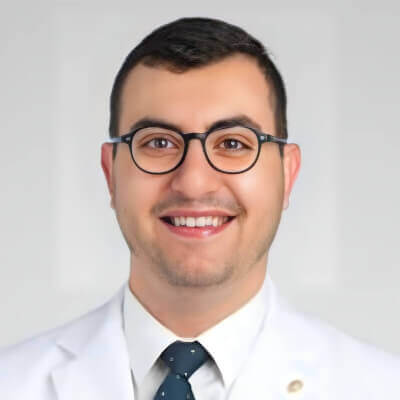30-Second Summary
- Sleep apnea is the cessation of breathing during sleep.
- There are two types: central and obstructive.
- It can cause symptoms such as snoring, daytime fatigue, concentration difficulties, and memory issues.
- Treatment includes the use of CPAP machines, lifestyle changes, and surgical interventions.
What is Sleep Apnea?
Sleep apnea, one of the most common sleep disorders, can be briefly defined as the cessation of breathing during sleep. Patients with sleep apnea experience choking episodes that last a few seconds during sleep. During these breathing pauses, the oxygen level in the blood drops, which stimulates the brain. The brain wakes the body to resume breathing, causing sleep apnea patients to wake up several times during their sleep.
Despite frequently interrupted sleep, many patients do not remember waking up. However, if this condition persists, it can lead to chronic fatigue and weakness in patients. Therefore, if people who sleep sufficiently and regularly wake up feeling tired, sleep apnea should be considered.
Sleep apnea is categorized into three types: central, obstructive, and mixed. In central sleep apnea, the patient’s brain does not send signals to breathe, resulting in the cessation of breathing.
Obstructive sleep apnea is caused by a physical problem that stops breathing. These problems include swollen tonsils, weight gain, and a sagging soft palate. Obstructive sleep apnea is more common in men, but also occurs more frequently in women, particularly after menopause.
Additionally, sleep apnea is more common in individuals who are overweight, have hypertension, or have nasal and throat disorders. Conditions that start in the nose and extend to the inside of the mouth also cause sleep apnea.
Sleep Apnea Index
The apnea index is the number of breath cessation incidents per hour in a person. If breathing stops for more than 10 seconds, it causes a drop in oxygen saturation, leading to awakening. This condition is called hypopnea. In patients who exhibit both apnea and hypopnea, the Apnea-Hypopnea Index (AHI) is used. This index is updated at specific intervals. According to current data, an index between 5 and 15 is considered mild, between 15 and 30 moderate, and above 30 severe sleep apnea.
Symptoms of Sleep Apnea
The distinctive symptom of sleep apnea is the cessation of breathing during sleep. However, many patients do not notice this problem while sleeping. Other symptoms that may occur in patients include:
- Irregular heartbeat
- High blood pressure
- Dry mouth
- Sore throat
- Snoring
- Memory problems
- Lack of concentration
- Irritability
- Headache
- Daytime sleepiness
Causes of Sleep Apnea
The exact causes of sleep apnea are not well understood. However, it can arise due to irregular heartbeat, high blood pressure, heart attack, daytime sleepiness, and stroke. While the exact causes of sleep apnea are unknown, the following factors can contribute to it:
- Enlarged adenoids
- Obesity
- Substance addiction
- Medication use
- Upper respiratory tract diseases
- Other sleep disorders
Methods of Diagnosing Sleep Apnea
Patients experiencing long-term sleep problems should consult a specialist as soon as possible. Initially, the doctor refers to the patient’s medical history during examinations, followed by a physical examination.
If sleep apnea is suspected, a polysomnography test, commonly known as a sleep study, is conducted. In this test, conducted in sleep laboratories, electrodes are attached to the patient's body to monitor sleep data. This test is used not only to confirm sleep apnea but also to determine its type.
Sleep tests can also be performed at home, if deemed appropriate by the doctor. Electrodes are attached to the patients’ bodies an hour before sleep and collect data for 6-7 hours. A four-hour sleep duration is sufficient for diagnosis.
In addition to apnea, for the diagnosis of hypoapnea, which is a slowing down of breathing during sleep, the sleep test must show more than five breathing stops per hour to be considered positive.
Treatment Methods for Sleep Apnea
As a serious sleep disorder, sleep apnea must be treated. The treatment varies depending on the severity of the apnea, its type, and the characteristics of the individual's airways. The methods used in the treatment of sleep apnea include:
CPAP
CPAP stands at the forefront of treatments for sleep apnea. CPAP, a type of air machine, is used together with an air mask. This mask, which must be used overnight, has air pressure set by the doctor.
In CPAP treatment, pressurized air prevents breathing cessation. This ensures that the patient's airways remain open throughout the night, preventing sleep apnea and resulting in more restful sleep.
Lifestyle Changes
Patients with sleep apnea can reduce or eliminate their symptoms by making positive lifestyle changes. These changes include quitting smoking and alcohol, engaging in regular exercise, avoiding heavy meals before sleep, and sleeping on one's side. Maintaining an ideal weight also helps prevent sleep apnea issues.
Tissue Excision
In a surgery known as UPPP, surgeons remove parts of the patient’s uvula and soft palate tissues. This procedure widens the airway and is also used to treat patients with snoring. While performing UPPP, the removal of tissues such as adenoids and tonsils is also conducted. However, it is less effective than CPAP treatment and is not recommended for all patients with obstructive sleep apnea.
Tissue Reduction
This method involves the reduction of throat tissues using radiofrequency energy, hence the name radiofrequency ablation.
Jaw Correction Surgery
In this surgery, patients' lower jaw bones are repositioned to protrude ahead of the other facial bones, allowing more space behind the tongue.
Nerve Stimulation
This method involves surgically placing a stimulator on the hypoglossal nerve, which controls tongue movements. This stimulator ensures the tongue remains in a position that does not obstruct the airway.
Tracheostomy
Tracheostomy is employed in severe cases of sleep apnea. If other treatments fail or if the patient has a severe and painful case of sleep apnea, this method is used as a last resort. In tracheostomy, an opening is made in the patient's throat, and a plastic or metal tube is inserted, allowing the patient to breathe directly through the throat.
Life for Sleep Apnea Patients
The most notable characteristic of sleep apnea patients is their snoring, which can sometimes be loud enough to be heard by neighbors. Additionally, during moments of breathing cessation, snoring stops and is followed by groaning-like sighs.
Furthermore, patients experience excessive sweating in the head, neck, and chest areas during night sleep. Sleep apnea also increases the frequency of nighttime urination. During the day, patients feel tired and fatigued, which can decrease work productivity and concentration. Additionally, there is often a decrease in sexual desire and performance among sleep apnea patients.
Besides these problems, sleep apnea patients experience irresistible sleep attacks during the day and are more irritable and tense. Patients with sleep apnea who struggle with weight loss must lose weight to overcome this issue.
Especially in individuals who are overweight and have a thick neck, medical treatment as well as lifestyle changes are necessary to manage sleep apnea. Maintaining an ideal weight is foremost among these changes.
How Should Patients with Sleep Apnea Sleep?
While standing or sitting, the respiratory system functions normally, aided by gravity which facilitates breathing. However, changes occur in the respiratory system when lying down. Particularly when lying on the back or stomach, tissues in the nose and airways may block or narrow the airways due to gravity. Therefore, patients with sleep apnea should not sleep on their backs or stomachs.
Sleeping on the Side
Sleeping on the side is commonly recommended for sleep apnea patients. It is specifically advised to sleep on the left side, as it can also help alleviate insomnia and GERD, both of which can exacerbate symptoms caused by sleep apnea.
Sleeping on the left side also promotes better blood flow and almost no respiratory resistance, which is why it is recommended for patients. Those who cannot sleep comfortably on their left side are advised to sleep on their right side, which also helps improve blood and air flow.
Sleeping Upright
Sleeping upright is also recommended for sleep apnea patients as it improves air flow. Upright sleeping can also reduce other symptoms that may disrupt sleep. It is suggested to elevate the head of the bed with pillows for this purpose.


